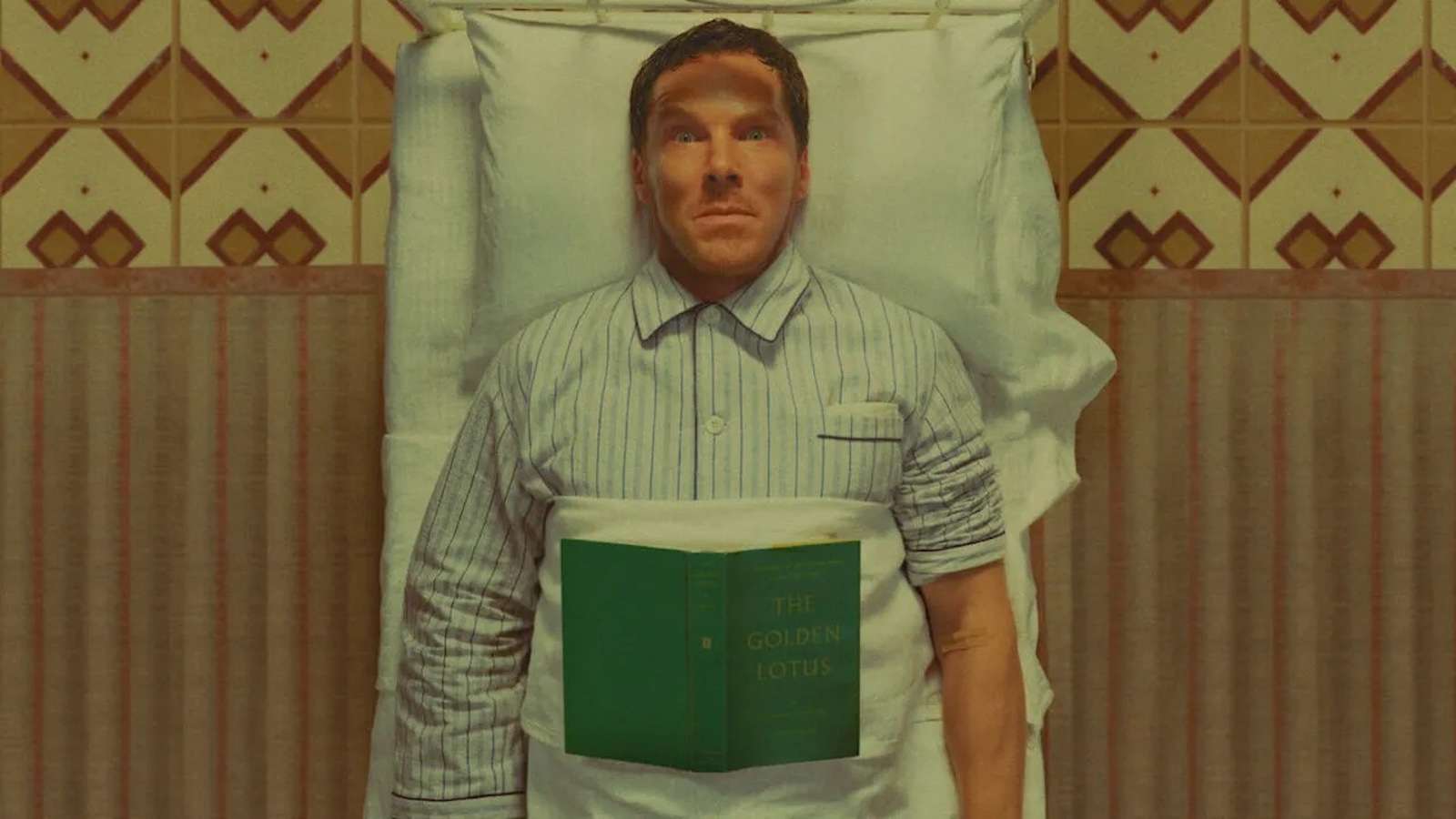Roald Dahl & Wes Anderson’s Poison explained
 Netflix
NetflixWes Anderson and Roald Dahl – it just makes sense. The famed filmmaker has joined forces with Netflix to create four short films based on the works of the classic children’s author, and today we’re here to explain the ending of one of them, titled Poison.
With Asteroid City coming out just a few months ago, Wes Anderson is already back on our screens – our Netflix screens, that is.
In fact, he is now given us four new films, albeit short ones, based on the tales of Roald Dahl, who he hasn’t covered since his 2009 stop-motion movie Fantastic Mr Fox. The shorts, which star the multi-rolling likes of Richard Ayoade, Ralph Fiennes, Rupert Friend, Benedict Cumberbatch, and Dev Patel, have been released during a four-day event. Poison, the final one, has just been released.
The movie is based on the Roald Dahl short story of the same name. But what happens in Poison? Read on and we’ll explain all, but first: SPOILER WARNING!
What happens in Poison?
Poison was originally a short story written by Roald Dahl and published in Collier’s in June 1950, and in 1958 it was even turned into an episode of Alfred Hitchcock Presents.
This Wes Anderson version follows his style of fun framing and fast editing. But the story, which takes place in India during British rule, is equally tense, as it features a man who is trapped under a poisonous snake, and the friend and doctor who try to help him. The friend is Timber Woods, and the man who is stuck unable to move in his bed due to a snake is Harry Pope.
The snake itself is a krait, which are described by Roald Dahl as incredibly venomous, even causing whomever they bite to bleed black blood.
Woods calls the local doctor, Dr. Ganderbai, for help, which results in the doctor preparing anti-venom and soaking the bed in chloroform, as well as intimidating Harry into staying still the whole time. It’s also worth noting that Woods, who has a scar on his head and is a soldier, has a flashback pertaining to previous medical attention he received, so no doubt a previous conflict has injured him in some way.
However, when he and the doctor go to remove the snake, turns out there isn’t one. It may have slithered away, or Harry may have imagined it, but the krait isn’t there, and we never see it.
Dr. Ganderbai asks if Harry dreamed the snake. While he means no offence, the British Harry takes the question as such, and immediately begins a racist verbal attack upon the Indian doctor. This is a rather dark turn for the story, and shows the harsh reality of a British-ruled India.
In an ending that slightly differs from the original story, Ganderbai leaves Harry’s house and Woods follows him, apologizing for Harry’s assault. In the original story, Ganderbai states that the chloroform is to blame for Harry’s behavior. But in the film, Ganderbai is clearly more hurt by Harry’s words, coldly tells Woods that he can’t be sorry, and proceeds to drive away.
Considering that this story’s snake is venomous, not poisonous, it seems all the more clear that the title of “Poison” is pertaining to something else.
You can check out our full breakdown of The Wonderful Story of Henry Sugar here and our other Netflix hubs below:
Will there be Firefly Lane Season 3? | Beef Season 2 | Monster Season 2 | Will there be Ginny and Georgia Season 3? | All the Light We Cannot See | Stranger Things Season 5 | Florida Man Season 2 | Obsession Season 2 | The Sandman Season 2 | The Lincoln Lawyer Season 3 | Heartstopper Season 3 | Virgin River Season 6 | Sweet Magnolias Season 4